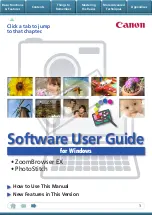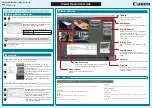
Restore Options
Chapter 4: Restoring Microsoft SQL Server Databases 53
Check only the physical consistency of the database
Detects torn pages and common hardware failures, but does not check the
data against the rules of the database schema. It still checks the integrity of
the physical structure of the page and record headers, and the consistency
between the page’s object ID and index ID. This option is available for
Microsoft SQL Server 2000 or later. If this option is selected from the Global
Agent Options tab, it is ignored for SQL Server 7.0 databases.
All error messages that are generated during the DBCC are recorded in the Agent
for Microsoft SQL Server log file called sqlpagw.log. The log is located in the
Backup Agent directory.
Force Restore to use Named Pipes
This option forces the agent to use Named Pipes to return the data to the
Microsoft SQL Server. This provides an alternate mechanism for restoring a
session if the Virtual Device Interface is not functioning properly. This option is
available for Microsoft SQL Server 7.0 and Microsoft SQL Server 2000.
Continue Restore After Checksum Failure
This option allows Microsoft SQL Server 2005 to continue processing a restore if
it detects an inconsistency between the data and checksums included in the
backup.
Miscellaneous
The following are the miscellaneous options you can select from:
Force Restore Over Existing Files and Databases
Lets Microsoft SQL Server overwrite files it does not recognize as part of the
database it is restoring. Use this option only if you receive a message from
Microsoft SQL Server prompting you to use the With Replace option.
Microsoft SQL Server supports this option for database restore and file or
FileGroup restore operations.
Important!
Microsoft SQL Server 2005 will refuse by default to overwrite an
online database using the Full or Bulk-Logged Recovery Model. Instead, it
produces an error message saying to either take the database offline by
performing a Log Tail backup, or restore with the “WITH REPLACE” option.
Selecting this option applies the “WITH REPLACE” option to the restore, and
forces SQL Server to overwrite the existing database.
















































